Expediting medical care for wounded warriors with Legionarius and goTenna
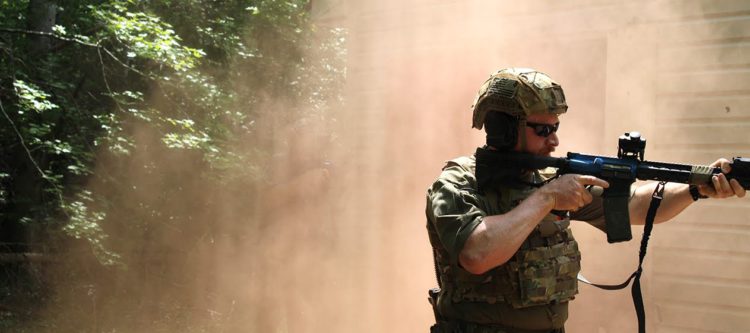
A serious battlefield injury, isolated from medical help and safety, becomes an urgent race against time—one that begins the moment the injury occurs, not when medical personnel arrive.
In those critical moments, several actions must be taken before medical aid can be provided. But what if there were a way to shorten the gap between a soldier being wounded and receiving life-saving treatment? Imagine how many more lives could be saved.
This is precisely what Legionarius wants to enable. As we covered on The Last Mile last week, Legionarius has invented a line of Smart Garments that can detect battlefield injuries in real-time, alert medical personnel and senior decision-makers that soldiers have sustained injuries, and even display a wounded soldier’s exact location so that they can be more quickly and easily found and given medical attention.
Legionarius recently partnered with goTenna, Crucible and Valletta Industries | Veteran-Owned Security & Training Services to showcase the potential of their Smart Garments to the military. This week, we sat down with Tim Miller, the Director of Customer Experience at goTenna, to learn more about the demonstration and how the integrated Legionarius and goTenna solution performed.

The Last Mile (TLM): Can you tell our readers about the relationship between goTenna and Legionarius?
Tim Miller: goTenna partnered with Legionarius under Small Business Innovation Research (SBIR) Phase I and II contracts to develop goTenna’s off-grid network data transport layer within Legionarius’ wound detection garments.
By integrating goTenna’s mobile mesh networking solution with the Legionarius Smart Garment technology, the military can ensure connectivity for the garments even in austere locations where mobile, terrestrial, and satellite networks are untested, untrusted, or unavailable.
Although goTenna’s mobile mesh networking solutions aren’t required to use Legionarius Smart Garments, they provide a powerful means of maintaining connectivity in off-grid environments, helping to equip the smart soldier of the future.
TLM: Legionarius and goTenna recently collaborated to conduct field tests of their solution. What were the companies looking to demonstrate?
Tim Miller: goTenna and Legionarius were looking to illustrate the impact that remote situational awareness and intervention could have in expediting the treatment of hemorrhaging wounds from gunshots, shrapnel, or explosives. We demonstrated this using Legionarius’ Smart Garments and goTenna’s off-grid network data transport layer.
We paired Legionarius Smart Garments with a goTenna Pro X2 device for this battlefield simulation test. The goal was to create an integrated solution that would enable instant transmission of crucial wound and health data, ensure immediate support from teammates, and significantly enhance mission success and safety. We also wanted to demonstrate how the military could optimize medical responses and resource deployment while eliminating the need for costly satellite communications or easily detectable radio voice transmissions.
Ultimately, the main focus of this demonstration was on proving that advanced technologies could get intervention to wounded warriors during what is known as the “platinum five minutes.”
TLM: What are the “platinum five minutes?”
Tim Miller: When soldiers are wounded on the battlefield, getting intervention and medical assistance in the first five minutes is critical to increasing survival rates. Those first five minutes are the “platinum five minutes.”
Unfortunately, there are numerous challenges to intervening and caring for wounded warriors in such a short period of time. Medical personnel have to first know who was injured, understand what type of wound they received, and know where and when the injury occurred on the battlefield. Currently, it can be very difficult for wounded soldiers to communicate that they need help, which often delays the intervention and care they need promptly.
TLM: How was the demonstration conducted? What was involved?
Tim Miller: We wanted to replicate a battlefield environment that would demonstrate the capabilities of our integrated solution while keeping participants safe. We also wanted to create an environment similar to the austere, off-grid locations where our military and law enforcement personnel operate.
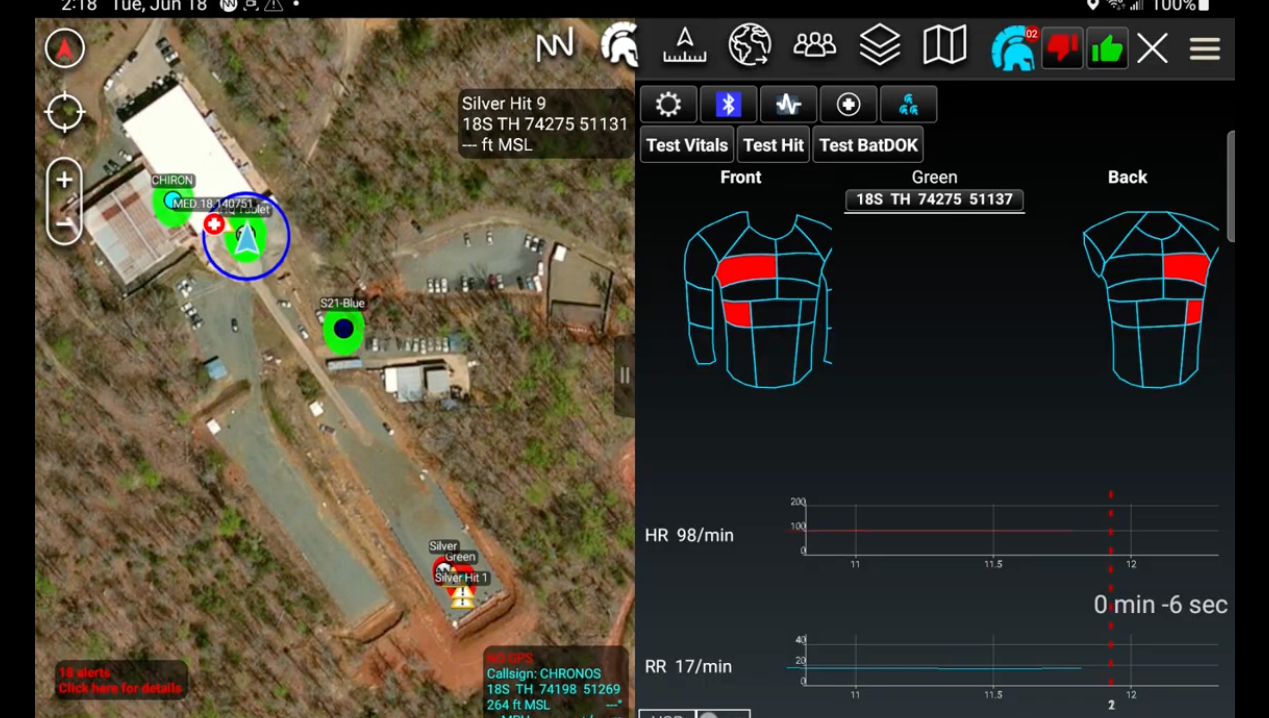
To replicate that, we worked with Crucible, a specialized, high-risk environment (HRE) training company that provides instruction to the U.S. government, Department of Defense (DoD), law enforcement agencies, and corporations. The company operates a training facility just outside the national capital region specially designed to simulate the many operating environments in which military and law enforcement personnel may have to operate.
Not only was Crucible’s facility the site of the demonstration, but its instructors, as well as team members from Valletta Industries also helped replicate battlefield conditions. They did this by arranging live fire to strike the Smart Garments, simulating battlefield wounds.
Before deploying goTenna end users and test dummies into the field, goTenna’s team ensured that each phone paired with a goTenna device could log into the goTenna Pro + ATAK plugin. Most participants had goTenna Pro X2 paired to their Galaxy S20, with all phones set to “Airplane” mode to replicate the off-grid conditions in which the military often operates.
Throughout the demonstration, a total of eight goTenna devices were deployed into the field as part of three rigorous tests, with the first two experiments set in an outdoor shooting range.
TLM: What did the tests entail? What different ways were the Smart Garments tested?
Tim Miller: For the first test, a Legionarius Smart Garment was placed on a dummy, which endured an improvised explosive device (IED) explosion. The IED sent shrapnel through the Smart Garment, which sent data back over the goTenna network to a staged base of operations inside of a warehouse where attendees could see the wounds populate on a tablet application in real time.
In the second test, the same dummy, dressed in a new Legionarius Smart Garment, endured a series of rifle and pistol fire. The system responded similarly – with each new bullet hole in the smart garment immediately identified on the tablet in a nearby warehouse.
The final test occurred indoors during a Close-Quarters Battle (CQB) and Tactical Combat Casualty Care (TCCC) event. Valletta Industries team members were dressed in new Legionarius Smart Garments for this test to see if wounds could still be detected and if wound data could be transmitted from inside a building.
TLM: What was the result? How did the integrated goTenna and Legionarius solution fare in the testing?
Tim Miller: These tests proved that end users can send back critical medical data entirely hands-free in environments without voice communications, satellite, or cell service connectivity. With every garment test, goTenna could transmit the exact location of each test wound.
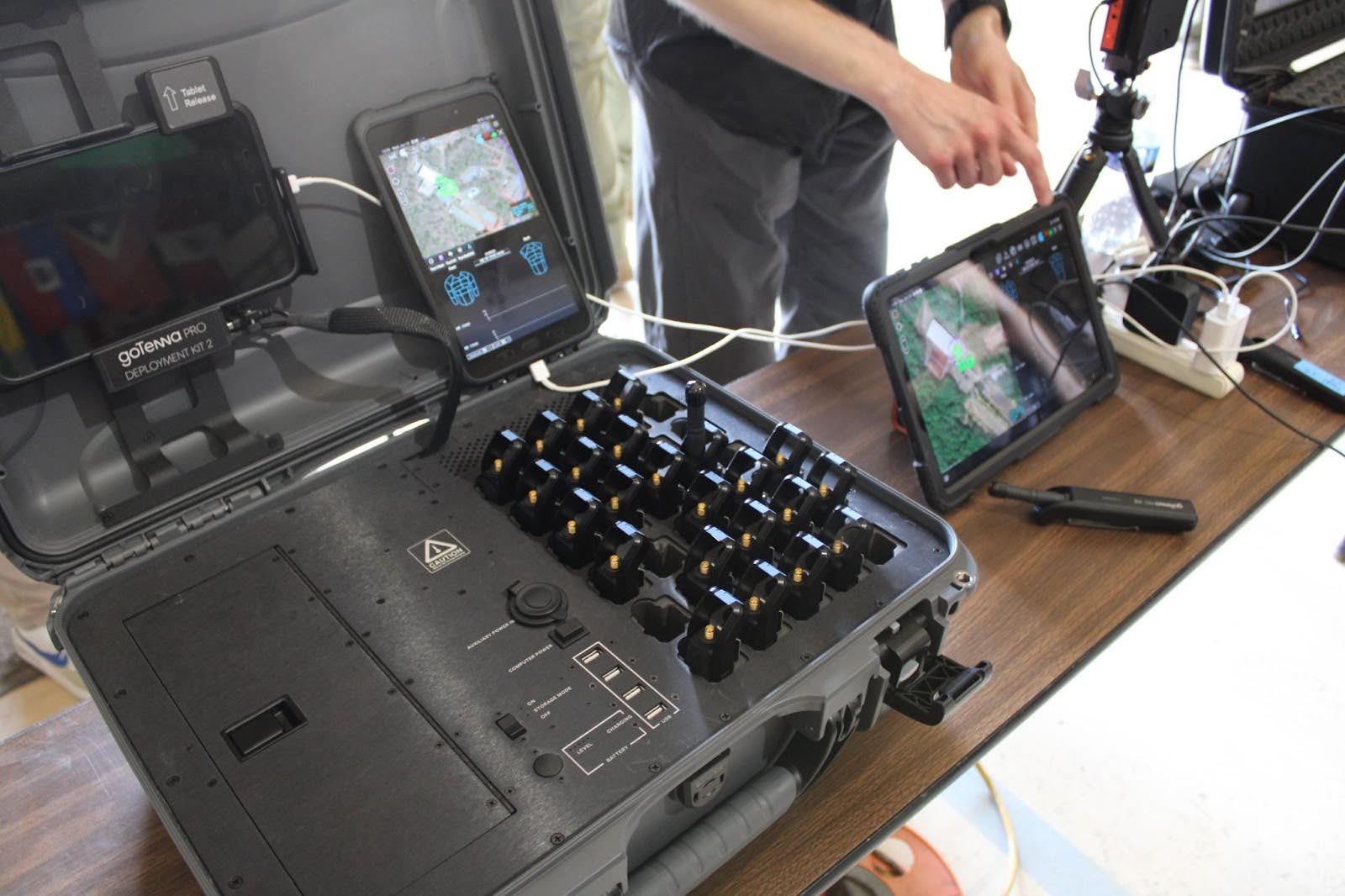
goTenna also enabled other Legionarius features, including notification of blast damage, display of vital information, medevac requests, and “needs help” messages in a series of tests throughout the exercise. The plugin also allowed operators to see the location of team members and the location and timestamp of where the garment wearer or dummy received the penetrating wound.
If this demonstration had been in a real-world battlefield environment, every wounded soldier would have been identified immediately – even if they could not communicate. Evac and medical personnel would have known their physical location, the severity of their wounds, and their vital signs immediately.
This demonstration showed that the integrated Legionarius and goTenna solution can save lives on a battlefield.


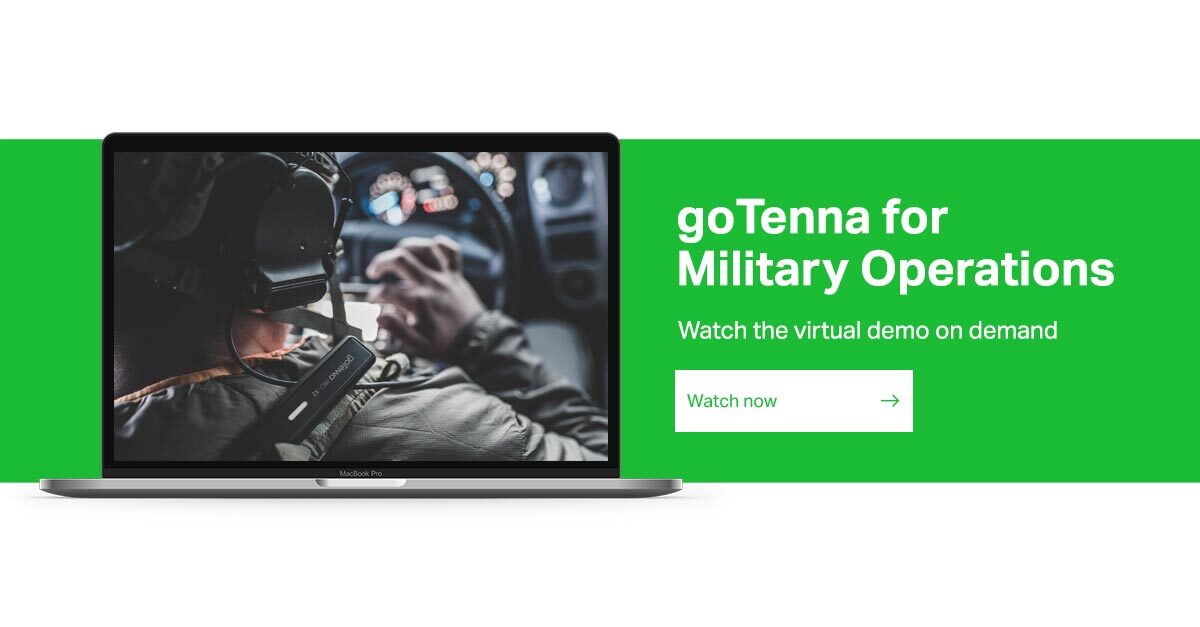
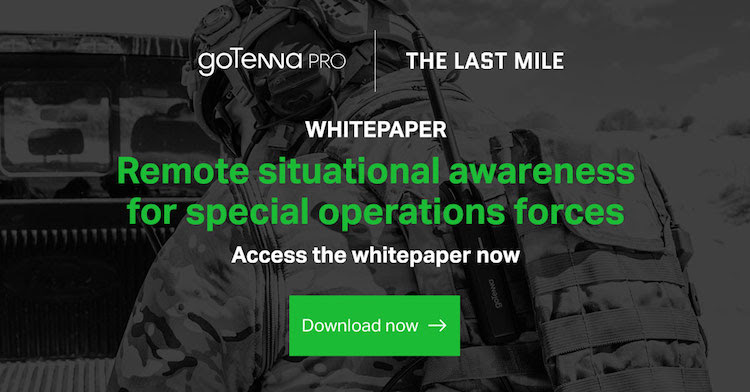
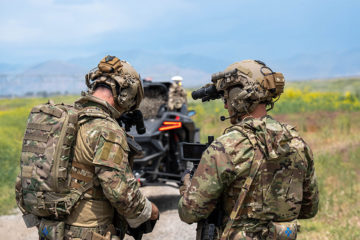
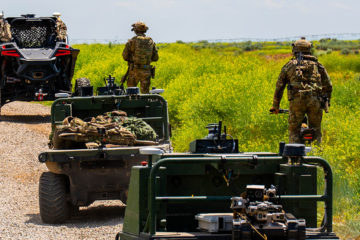



No Comment